Lean Stack and Lean Canvas — Challenge your Business with Experiments
Lean Change Canvas
The Lean Stack by Ash Maurya is a collection of tools, content, and coaching resources that help entrepreneurs succeed. It is an innovation accounting framework that supports you define, measure, and communicate progress with your internal and external stakeholders.
Lean Stack relies on the radical thesis:
Your “solution” is NOT the product. — Your business model is the product.
- You describe your business model in a canvas not from the technical solution and features of your intended solution/service you want to sell, but merely from the business model perspective: the problem your solution will solve, the solution itself, your unique value proposition, some key metrics for your actions, your customer segments, unfair advantages you have, distribution channels, cost structure, revenue streams.
- You identify the riskiest parts of your model and develop mitigation strategies.
- You test continuously with experiments your product/business model, the risks, and you develop mitigation strategies.
Data-Driven Modeling
The Lean Stack approach is very empirical and highly data-driven. You test all your assumptions, risks and opportunities in your model with so-called "experiments":
"If we do X, we expect the result Y having the impact Z"
From the scientific method, we know that experiments need to be falsifiable (written as statements that can be clearly proven wrong) in order to clearly declare them validated or invalidated. They should also be time-boxed as well.
Thus, you
- state a hypothesis
- develop a proving test environment for the hypothesis
- run the experiment for a certain time frame
- measure and collect data from running tests
- learn by interpreting the data
- rephrase the hypothesis and start a new experiment, if needed
The Lean Stack methodology, for example, recommends you, before running a new marketing campaign, to ground it with an empirical testable, i.e. measurable hypothesis like
"Purchases at high frequent travel spots like airports or railway stations will significantly increase if the customer finds the products more easily and can pay as fast as possible."
Or
"Customers at shop 42 Lincoln Avenue will accept higher prices if we explain our fair trade policy."
To validate the success of your marketing campaign, you set up an applicable test environment. You define suitable metrics and success criteria.
You run the experiment and collect data.
You interpret the data and accept whether your hypothesis is falsified or not.
If necessary, you change your hypothesis and start new experiments.
Lean Canvas
The Lean Canvas is only the first in a set of several canvases of Lean Stack. Its purpose is to lay out the business perspective: you describe the problem(s) your solution will solve, the solution itself, your unique value proposition, some key metrics for your actions, your customer segments, unfair advantages you have, distribution channels, cost structure, and revenue streams.
When reading the Lean Canvas from left to right, you will recognise a shift from the product-oriented perspective to a more market-oriented view.
Rules To Use Lean Change Canvas
Further Readings
- Lean Stack (website)
- Ash Maurya: Running Lean: Iterate from Plan A to a Plan That Works, 2012
Online Tools:
- Blank Canvas.io: https://www.blankcanvas.io/canvases/lean-canvas
: Sebastiaan ter Burg via flickr.com • Ash Maurya via LeanStack.com • Lukas Fittl, spark59.com, via SlideShare.comLeanStack.com • Wikimedia Commons, .


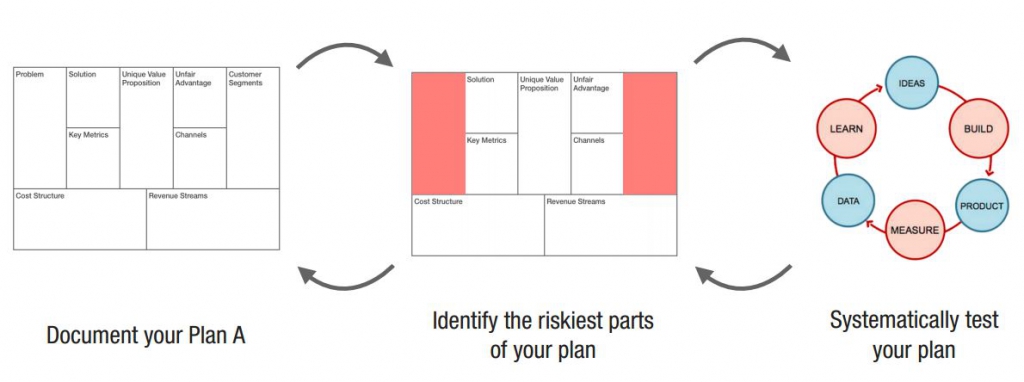
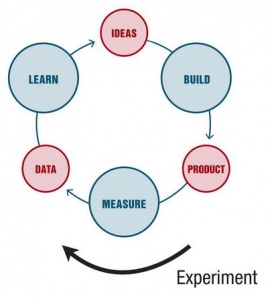
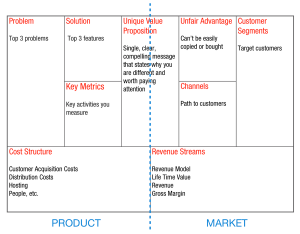

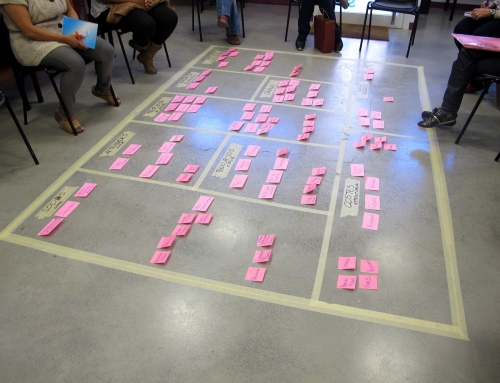
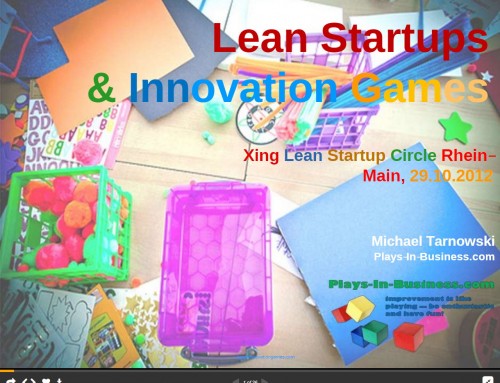
Leave A Comment